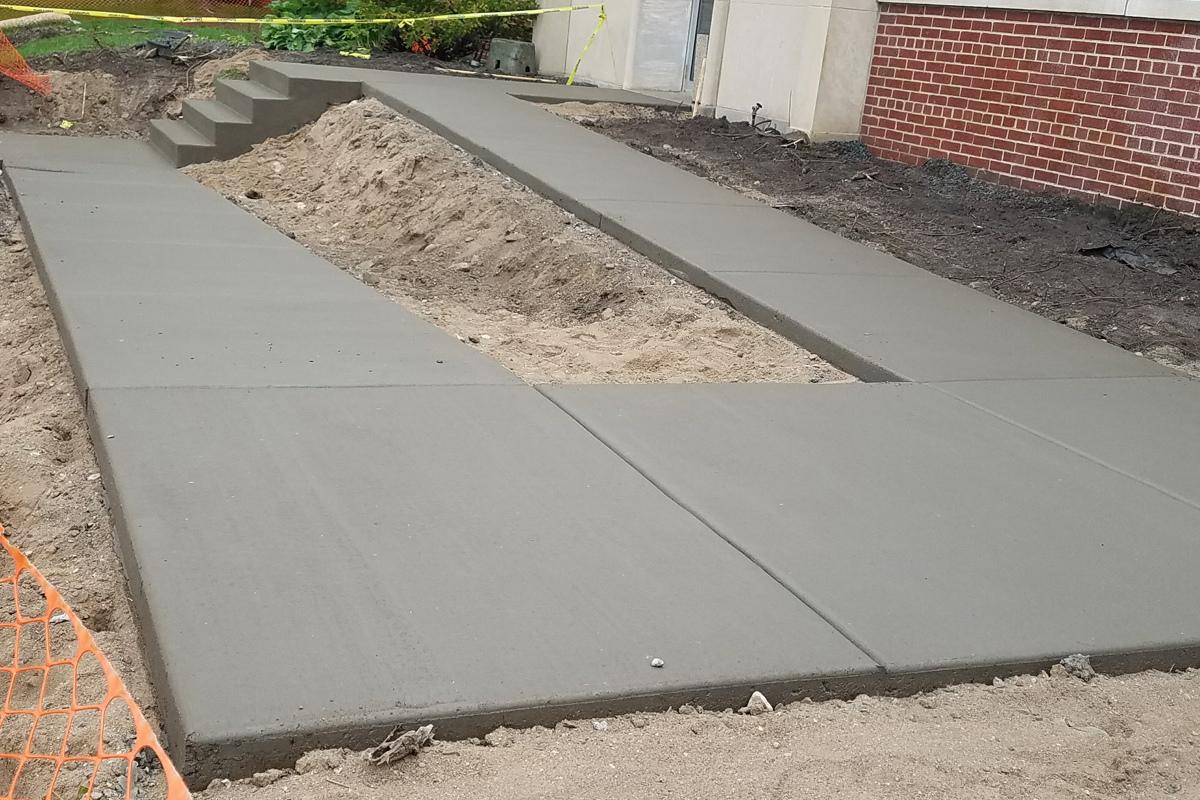

Articles
How Thick Should Concrete Walkway Be
Modified: January 24, 2024
Learn about the ideal thickness for concrete walkways in this informative articles. Enhance your understanding of concrete walkways and ensure their durability.
(Many of the links in this article redirect to a specific reviewed product. Your purchase of these products through affiliate links helps to generate commission for Storables.com, at no extra cost. Learn more)
Introduction
Concrete walkways are an essential part of any residential or commercial property, providing a durable and functional path for pedestrians. One crucial aspect to consider when planning a concrete walkway is determining its thickness. The thickness of the walkway plays a significant role in its strength, stability, and ability to withstand daily foot traffic and various weather conditions.
In this article, we will delve into the factors that you should consider when determining the thickness of your concrete walkway. We will explore the impact of climate and weather conditions, the expected foot traffic, the type of soil and ground conditions, as well as the purpose of the walkway. Additionally, we will provide recommended thickness guidelines for both residential and commercial walkways. By the end, you will have a clear understanding of how to determine the ideal thickness for your concrete walkway.
Key Takeaways:
- The thickness of a concrete walkway is influenced by climate, foot traffic, soil type, and purpose. Residential walkways typically require 4-5 inches, while commercial walkways may need 5-6 inches or more.
- Consulting with a professional is crucial for determining the ideal thickness of a concrete walkway. Their expertise ensures compliance with building codes and tailored recommendations for long-term durability.
Read more: How Thick Should A Concrete Patio Slab Be
Factors to Consider
When deciding on the thickness of your concrete walkway, it is crucial to take several factors into consideration. These factors will help ensure that your walkway remains strong, durable, and able to withstand the test of time. Let’s delve into these factors:
Climate and Weather Conditions: The climate and weather conditions in your area play a significant role in determining the thickness of your concrete walkway. If you live in an area with extreme temperature fluctuations, such as freezing winters and hot summers, you will need to account for the expansion and contraction of the concrete. In colder climates, a thicker walkway is recommended to prevent cracking caused by freeze-thaw cycles. Additionally, if your area experiences heavy rainfall, a thicker walkway may be necessary to prevent water damage and erosion.
Expected Foot Traffic: The amount of foot traffic your walkway is expected to handle is another crucial factor in determining its thickness. A residential walkway will generally have lower foot traffic compared to a commercial walkway or a path leading to a public space. Higher foot traffic areas will require a thicker concrete slab to withstand the constant wear and tear.
Type of Soil and Ground Conditions: The type of soil and ground conditions on which the walkway will be constructed is essential. Different soils have varying load-bearing capacities, which can impact the required thickness of the concrete slab. Clay soils, for example, are prone to swelling and shrinking, which can cause the walkway to crack if it is not thick enough to accommodate these movements. Additionally, unstable or soft ground conditions may necessitate a thicker slab to provide adequate support and prevent sinking or shifting.
Purpose of the Walkway: The purpose of the walkway is another factor that can influence its thickness. If the walkway will be used for heavy equipment or vehicles, such as a driveway or a walkway in an industrial setting, it will need to be thicker to support the additional weight. On the other hand, a decorative or purely pedestrian walkway may require a thinner concrete slab.
By considering these factors, you can make an informed decision regarding the thickness of your concrete walkway. Next, we will provide recommended thickness guidelines for both residential and commercial walkways.
Climate and Weather Conditions
The climate and weather conditions in your area play a significant role in determining the appropriate thickness for your concrete walkway. The primary concern is the potential for temperature fluctuations and the impact they have on the durability of the walkway.
In areas with extreme temperature variations, such as freezing winters and hot summers, it is important to consider the expansion and contraction of the concrete. When water inside the concrete freezes, it expands and can cause cracks or other forms of damage. Similarly, when the concrete heats up in hot weather, it expands and can lead to issues if not accounted for in the thickness of the walkway.
In colder climates, a general guideline is to increase the thickness of the walkway to accommodate the expansion and contraction caused by freeze-thaw cycles. A minimum thickness of 4 inches (10 cm) is typically recommended for residential walkways in these areas. However, if the area experiences particularly harsh winters or if the walkway will be subject to heavy loads, a thickness of 6 inches (15 cm) or more may be necessary.
In areas with high rainfall or frequent exposure to moisture, a thicker walkway is advisable to mitigate the risk of water damage and erosion. The additional thickness helps create a stronger barrier against moisture infiltration, reducing the chances of cracks or deterioration. A minimum thickness of 5 inches (12.7 cm) is often recommended for such climates, with higher thicknesses recommended for areas with exceptionally heavy rainfall.
It’s important to bear in mind that these are general guidelines, and consulting with a local contractor or engineer who is familiar with the specific climate and weather conditions in your region is always a good idea. They can provide valuable insights and recommendations based on their expertise and experience.
By taking into account the climate and weather conditions of your area, you can ensure that your concrete walkway is designed to withstand the environmental challenges it will face, providing you with a durable and long-lasting pathway for years to come.
Expected Foot Traffic
The amount of foot traffic your concrete walkway is expected to handle is an essential factor when determining its thickness. The thickness of the walkway should be able to withstand the constant wear and tear caused by pedestrians, ensuring its longevity and durability.
For residential walkways, the foot traffic is generally lower compared to commercial walkways or those leading to public spaces. A standard guideline for residential walkways is a minimum thickness of 4 inches (10 cm). This thickness is usually sufficient to handle the regular foot traffic of a household and provides adequate strength and stability.
However, if you expect heavier foot traffic in your residential area, such as having frequent gatherings or events, it may be wise to increase the thickness of the walkway. This can help prevent premature wear and minimize the need for repairs or replacements in the future. A thickness of 5 inches (12.7 cm) or more may be appropriate in such cases.
On the other hand, commercial walkways, such as those in shopping centers, schools, or parks, typically experience much higher foot traffic. These areas require a more robust and durable walkway to withstand the constant movement of people. Recommended thicknesses for commercial walkways can range from 5 inches (12.7 cm) to 6 inches (15 cm) or more, depending on the anticipated foot traffic.
It is essential to consider the potential for future growth or changes in foot traffic patterns. If you anticipate an increase in foot traffic, such as due to a new development or changes in the surrounding area, it may be wise to install a thicker walkway from the beginning to prevent the need for costly modifications later on.
By considering the expected foot traffic, you can ensure that your concrete walkway is designed to withstand the demands placed upon it, providing a safe and reliable pathway for pedestrians for years to come.
Type of Soil and Ground Conditions
The type of soil and ground conditions on which your concrete walkway will be constructed is a critical factor when determining its thickness. Different soil types have varying load-bearing capacities and behaviors, which can impact the stability and longevity of the walkway.
Clay soils, for example, are known to expand and contract with changes in moisture content. This movement can exert tremendous pressure on the concrete, potentially leading to cracks or other forms of damage. If your walkway is being built on clay soil, it is essential to ensure that the thickness of the concrete slab is sufficient to accommodate these ground movements.
In areas with clay soil, it is generally recommended to increase the thickness of the walkway. A minimum thickness of 5 inches (12.7 cm) is often advised to provide the necessary strength and resistance to cracking. However, the specific thickness required may vary depending on factors such as the severity of ground movement and the expected load on the walkway. Consulting with a local engineering professional can help determine the optimal thickness for your specific soil conditions.
In contrast, sandy soils are typically more stable and less prone to ground movement. These soils have good drainage and better load-bearing capacity. A minimum thickness of 4 inches (10 cm) is often sufficient for walkways built on sandy soil. However, the overall design should still consider factors such as the expected foot traffic and any additional loads.
If your area has unstable or soft ground conditions, such as loamy or marshy soils, it is important to provide a thicker concrete slab to ensure adequate support. A thickness of 6 inches (15 cm) or more may be necessary to prevent sinking or shifting of the walkway due to the unstable underlying ground.
Before determining the thickness of your walkway, it is recommended to conduct a thorough site assessment to understand the soil type and conditions. Consulting with a qualified geotechnical engineer can provide valuable insights and help develop an appropriate design based on the specific characteristics of the site.
By considering the type of soil and ground conditions, you can ensure that your concrete walkway is built to withstand the unique challenges posed by the underlying soil, providing a stable and durable pathway for years to come.
Read more: How Thick Should Concrete Be For A Hot Tub
Purpose of the Walkway
The purpose of the walkway is an important factor to consider when determining the appropriate thickness for your concrete pathway. The intended use of the walkway will influence the load-bearing capacity and durability requirements, helping determine the optimal thickness for your specific needs.
Residential walkways primarily serve as pedestrian pathways within a property, providing access to the main entrance, gardens, or other outdoor areas. These walkways typically experience moderate foot traffic and do not need to withstand heavy loads or vehicular traffic. A minimum thickness of 4 inches (10 cm) is generally sufficient for residential walkways, providing the necessary strength and stability for everyday use.
When it comes to commercial or public walkways, the purpose and expected use play a pivotal role in determining the thickness requirements. Walkways in shopping centers, schools, parks, or other high-traffic areas may need to accommodate not only pedestrian traffic but also the movement of carts, strollers, and other wheeled equipment. These walkways may experience greater wear and tear and require a more robust structure.
For commercial walkways, thickness recommendations typically range from 5 inches (12.7 cm) to 6 inches (15 cm) or more, depending on the anticipated foot traffic and potential loads. Consultation with a structural engineer or contractor who specializes in commercial projects can help determine the appropriate thickness based on the specific requirements of your project.
In addition to considering the foot traffic and potential loads, the purpose of the walkway may also include aesthetic or decorative considerations. In such cases, the thickness of the walkway may be determined by design requirements, such as creating a thinner, more visually appealing pathway that complements the overall aesthetic of the property.
It is essential to clearly define the purpose of the walkway and consider all relevant factors when determining its thickness. By doing so, you can ensure that your concrete walkway meets the specific needs of your project, providing both functionality and visual appeal.
A standard concrete walkway should be at least 4 inches thick for residential use. However, for heavy foot traffic or vehicle use, it should be 5-6 inches thick. Always consult a professional for specific project requirements.
Recommended Thickness Guidelines
When it comes to determining the thickness of your concrete walkway, there are some general guidelines to consider. These guidelines can help you determine the minimum recommended thickness based on the factors we have discussed so far, including climate, expected foot traffic, soil conditions, and the purpose of the walkway.
Residential Walkways: For most residential walkways that experience moderate foot traffic and are not subjected to heavy loads or vehicular traffic, a minimum thickness of 4 inches (10 cm) is recommended. This thickness provides sufficient strength and stability for everyday use and is suitable for most residential applications.
Commercial Walkways: Commercial walkways, which often have higher foot traffic and may be subjected to the movement of carts, strollers, and other wheeled equipment, typically require a thicker concrete slab. Recommended thicknesses for commercial walkways can range from 5 inches (12.7 cm) to 6 inches (15 cm) or more, depending on the anticipated foot traffic and potential loads.
Heavy Loads and Vehicles: If your walkway will be subject to heavy loads or vehicular traffic, such as driveways or walkways in industrial settings, additional thickness is necessary. In these cases, it is recommended to consult with a structural engineer or contractor who can assess the specific requirements of your project. As a general guideline, a thickness of 6 inches (15 cm) or more is often recommended for areas with heavy loads or vehicle traffic.
It is important to note that these are general guidelines, and it is always recommended to consult with a professional who can assess the specific conditions of your project. Factors such as local building codes, specific soil conditions, and other site-specific considerations may require adjustments to the recommended thickness.
By following these thickness guidelines, you can ensure that your concrete walkway is designed to meet the demands of its intended use, providing a durable and long-lasting pathway for pedestrians.
Residential Walkways
Residential walkways are a vital component of any home, providing a safe and functional pathway for residents and visitors. When determining the thickness of a residential walkway, factors such as expected foot traffic, climate, and overall aesthetics should be taken into account.
For most residential walkways, a minimum thickness of 4 inches (10 cm) is recommended. This thickness provides the necessary strength and stability to withstand regular foot traffic and occasional light wheeled equipment. A 4-inch thick concrete slab is typically sufficient for most residential applications, ensuring durability and longevity.
However, certain factors may necessitate an increase in the thickness of the walkway. If your area experiences extreme climate conditions, such as freezing winters and hot summers, a thicker walkway may be necessary to withstand the expansion and contraction caused by temperature fluctuations. In colder climates, increasing the thickness to 5 inches (12.7 cm) or more can help prevent cracking resulting from freeze-thaw cycles.
In areas that receive heavy rainfall or have poor drainage, it is advisable to consider a thicker walkway to prevent water damage and erosion. A minimum thickness of 5 inches (12.7 cm) is often recommended for such situations, providing added strength and resistance against water infiltration.
Additionally, if you anticipate heavier foot traffic on your residential walkway, such as if you regularly host gatherings or have a large household, increasing the thickness may be advisable. Increasing the thickness to 5 inches (12.7 cm) or more can withstand the additional wear and tear and minimize the need for future repairs.
While the recommended minimum thickness for residential walkways is 4 inches (10 cm), it is essential to consider the specific conditions of your property and consult with a professional. Factors such as soil type, local building codes, and any potential load-bearing requirements should be taken into account to ensure the walkway’s durability and longevity.
By considering these factors and guidelines, you can select an appropriate thickness for your residential walkway that meets your specific needs, providing a safe and aesthetically pleasing pathway for your home.
Commercial Walkways
Commercial walkways serve as essential pathways in various settings, including shopping centers, schools, office complexes, and public spaces. These walkways experience high foot traffic and may need to accommodate the movement of carts, strollers, and other wheeled equipment. When determining the thickness of a commercial walkway, factors such as expected foot traffic, load-bearing capacity, and durability are crucial considerations.
As commercial walkways experience heavier usage than residential walkways, they generally require a thicker concrete slab. Recommended thicknesses for commercial walkways typically range from 5 inches (12.7 cm) to 6 inches (15 cm) or more, depending on the anticipated foot traffic and any additional loads.
The increased thickness provides added strength and stability to withstand the constant wear and tear caused by higher foot traffic. It also helps distribute the weight more evenly, minimizing the risk of cracking or other forms of damage. Additionally, a thicker walkway offers greater resistance to the impact and movement caused by carts, strollers, and other wheeled equipment commonly found in commercial environments.
It is essential to consider the specific requirements of your commercial project when determining the thickness of the walkway. Consultation with a structural engineer or contractor experienced in commercial construction can provide valuable insights and ensure compliance with local building codes and regulations.
Factors such as the type of soil, drainage conditions, and the anticipated loads, including any vehicular traffic, must be taken into account. The engineer or contractor will assess these factors to determine the appropriate thickness specifically tailored to your commercial walkway project.
Investing in a thicker concrete slab for commercial walkways ensures their long-term durability and minimizes maintenance and repair costs. The added thickness provides peace of mind, knowing that the walkway can withstand the demands of high foot traffic and wheeled equipment while maintaining its functionality and aesthetics.
By following the recommended thickness guidelines for commercial walkways and working with experts, you can create a robust and reliable pathway that can withstand the rigors of commercial usage, enhancing the safety and accessibility of your establishment.
Read more: How To Make A Concrete Walkway
Steps to Determine the Ideal Thickness
Determining the ideal thickness for your concrete walkway involves a systematic process that takes into consideration various factors specific to your project. By following these steps, you can ensure that your walkway is designed to meet the demands of its intended use and environmental conditions:
- Evaluate the expected foot traffic: Consider the volume and frequency of foot traffic that the walkway will experience. This will help determine the required thickness to withstand the wear and tear over time.
- Assess the load-bearing requirements: Determine whether the walkway needs to accommodate heavy loads or vehicular traffic. This will influence the thickness needed to provide sufficient strength and stability.
- Analyze the climate and weather conditions: Consider the local climate, including temperature fluctuations, freeze-thaw cycles, rainfall, and other weather patterns. Thicker concrete may be required to withstand the effects of these conditions.
- Examine the soil and ground conditions: Assess the type of soil and ground conditions on which the walkway will be constructed. Different soil types have varying load-bearing capacities and behaviors, which can impact the required thickness.
- Consult with a professional: Engage the services of a structural engineer or contractor who specializes in concrete construction. They can conduct a comprehensive site evaluation and provide expert advice on the appropriate thickness based on the specific factors mentioned above.
- Comply with local building codes: Ensure that your chosen thickness adheres to the building codes and regulations set forth by your local authorities. These codes often stipulate minimum requirements for walkway thickness to ensure safety and durability.
- Consider aesthetic requirements: If the walkway’s visual appearance is important, take into account any design considerations. Thinner concrete slabs can provide a sleeker look, while thicker slabs offer added structural integrity.
- Factor in long-term maintenance: Consider the maintenance required for the walkway. Thicker slabs may minimize the need for repairs and reduce future maintenance costs.
By following these steps and seeking professional guidance, you can determine the ideal thickness for your concrete walkway, ensuring that it meets the functional, aesthetic, and durability requirements of your specific project.
Consultation with a Professional
When determining the ideal thickness for your concrete walkway, it is highly recommended to seek the expertise and guidance of a professional. Consulting with a structural engineer or contractor who specializes in concrete construction can provide invaluable insights and ensure that your walkway is designed to meet the specific requirements of your project. Here are the benefits of consulting with a professional:
- Expertise and Experience: Professionals have the knowledge and experience to assess your project’s unique needs. They can evaluate factors such as soil conditions, load-bearing requirements, climate considerations, and anticipated foot traffic to determine the most appropriate thickness for your walkway.
- Site Evaluation: A professional will conduct a thorough site evaluation, taking into account factors such as soil composition, drainage conditions, and any potential challenges that may affect the walkway’s performance. They can identify any specific considerations that need to be addressed in the design process.
- Compliance with Building Codes: Building codes dictate minimum requirements for walkway thickness to ensure safety and durability. Professionals are well-versed in these regulations and can ensure that your walkway is compliant with local building codes and regulations, providing you with peace of mind.
- Tailored Recommendations: Every project is unique, and a professional can provide recommendations and solutions tailored to your specific requirements. They will take into account all relevant factors to determine the ideal thickness for your walkway, considering the project’s objectives, budget, and timeline.
- Cost and Efficiency: Consulting with a professional early on can help you avoid potential costly mistakes or design flaws. They can provide cost-effective solutions while ensuring maximum durability and functionality for your walkway.
- Long-Term Benefits: By working with a professional, you can optimize the design and construction of your walkway, which can result in long-term benefits such as reduced maintenance and fewer repairs over time. This can save you both time and money in the future.
Whether you are planning a residential walkway or a large-scale commercial project, involving a professional ensures that your walkway is designed and constructed to the highest standards. Their expertise and insights will help you make informed decisions, resulting in a durable and long-lasting walkway that meets your specific needs and requirements.
Conclusion
Determining the ideal thickness for your concrete walkway is a crucial aspect of its design and construction. It ensures that your walkway is strong, durable, and capable of withstanding the demands of daily foot traffic and various environmental conditions.
Factors such as climate and weather conditions, expected foot traffic, type of soil, and the purpose of the walkway should be carefully considered when determining its thickness. The recommendations for residential walkways generally range from 4 to 5 inches (10 to 12.7 cm), while commercial walkways may require a thickness of 5 to 6 inches (12.7 to 15 cm) or more, depending on the foot traffic and load-bearing requirements.
Consulting with a professional, such as a structural engineer or contractor, is highly recommended. They can provide expert advice, conduct site evaluations, and ensure compliance with building codes. Their expertise will help tailor the thickness to the specific needs of your project, resulting in a walkway that is both functional and aesthetically pleasing.
By following the recommended guidelines, considering the unique factors of your project, and seeking professional guidance, you can determine the ideal thickness for your concrete walkway. This will guarantee its long-term durability, reduce the need for future repairs, and provide a safe and reliable pathway for pedestrians.
Investing the time and effort into determining the ideal thickness is essential for creating a walkway that not only enhances the aesthetic appeal of your property but also provides a solid foundation for years to come.
In conclusion, by considering the various factors, seeking professional advice, and following recommended guidelines, you can ensure that your concrete walkway is designed with the appropriate thickness, providing a durable and functional pathway for pedestrians to enjoy.
Frequently Asked Questions about How Thick Should Concrete Walkway Be
Was this page helpful?
At Storables.com, we guarantee accurate and reliable information. Our content, validated by Expert Board Contributors, is crafted following stringent Editorial Policies. We're committed to providing you with well-researched, expert-backed insights for all your informational needs.
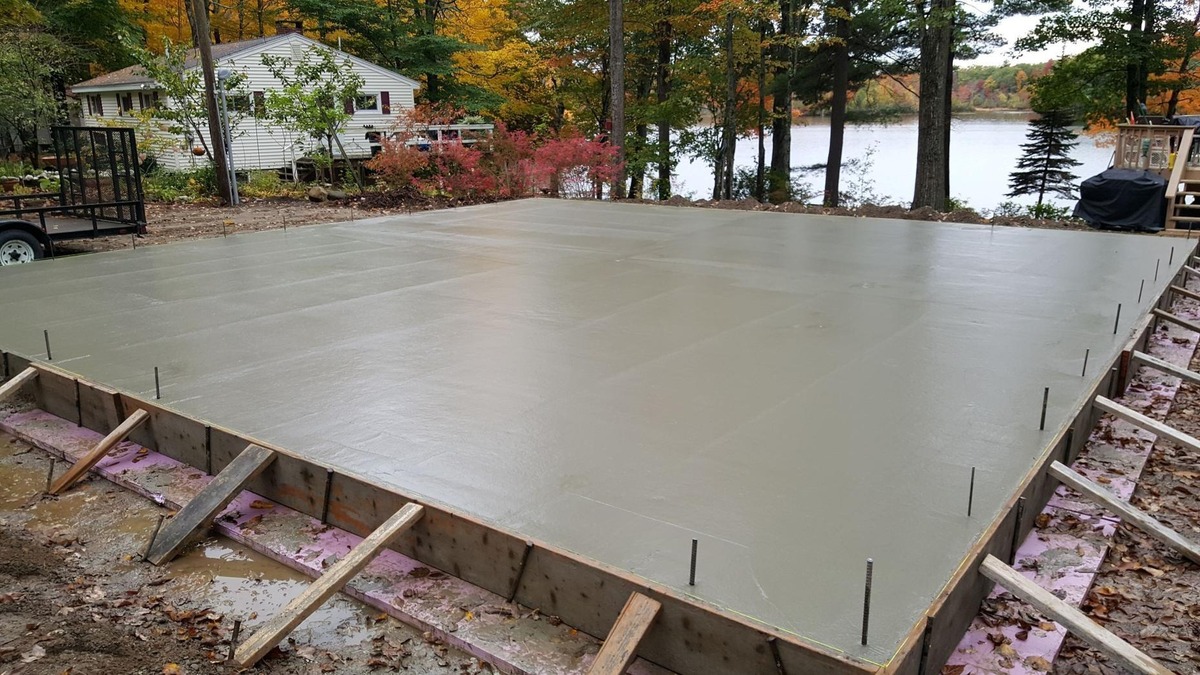

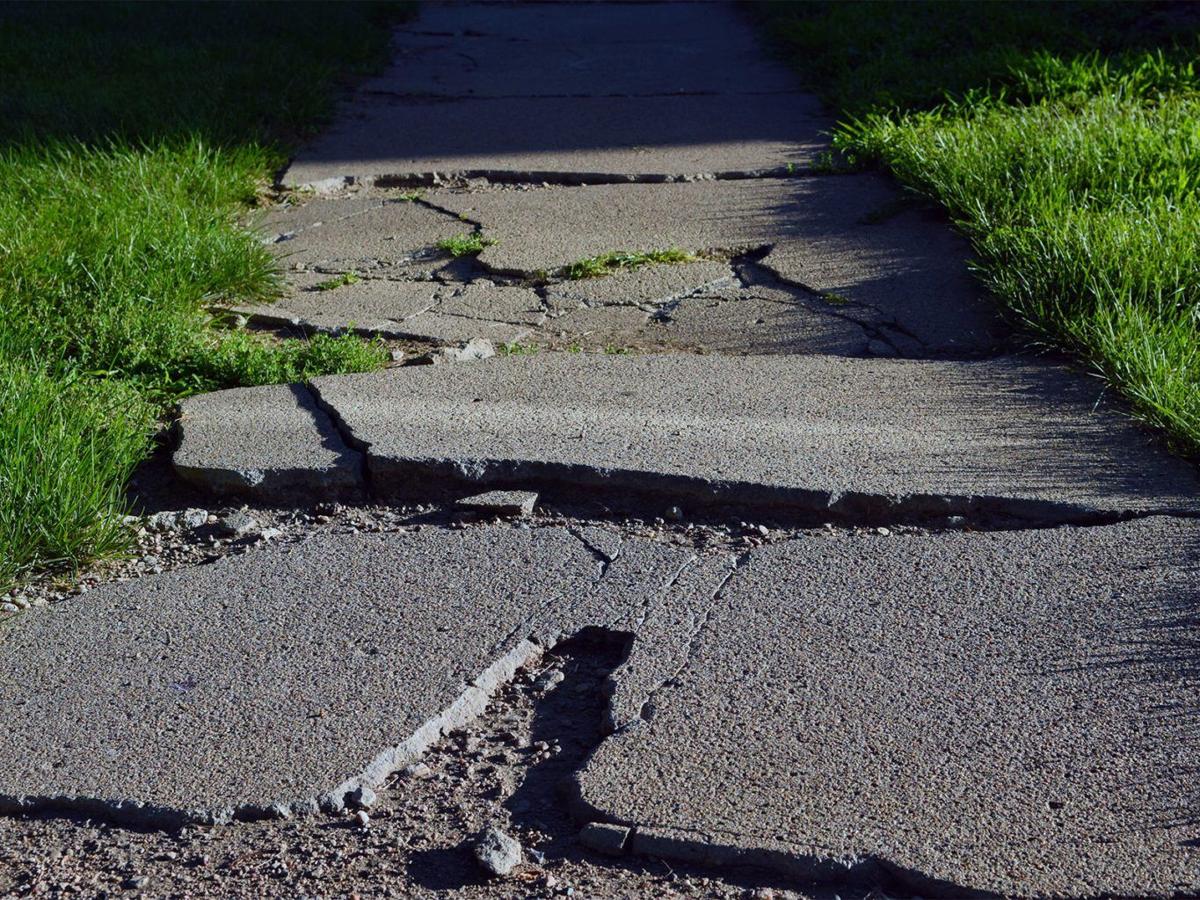
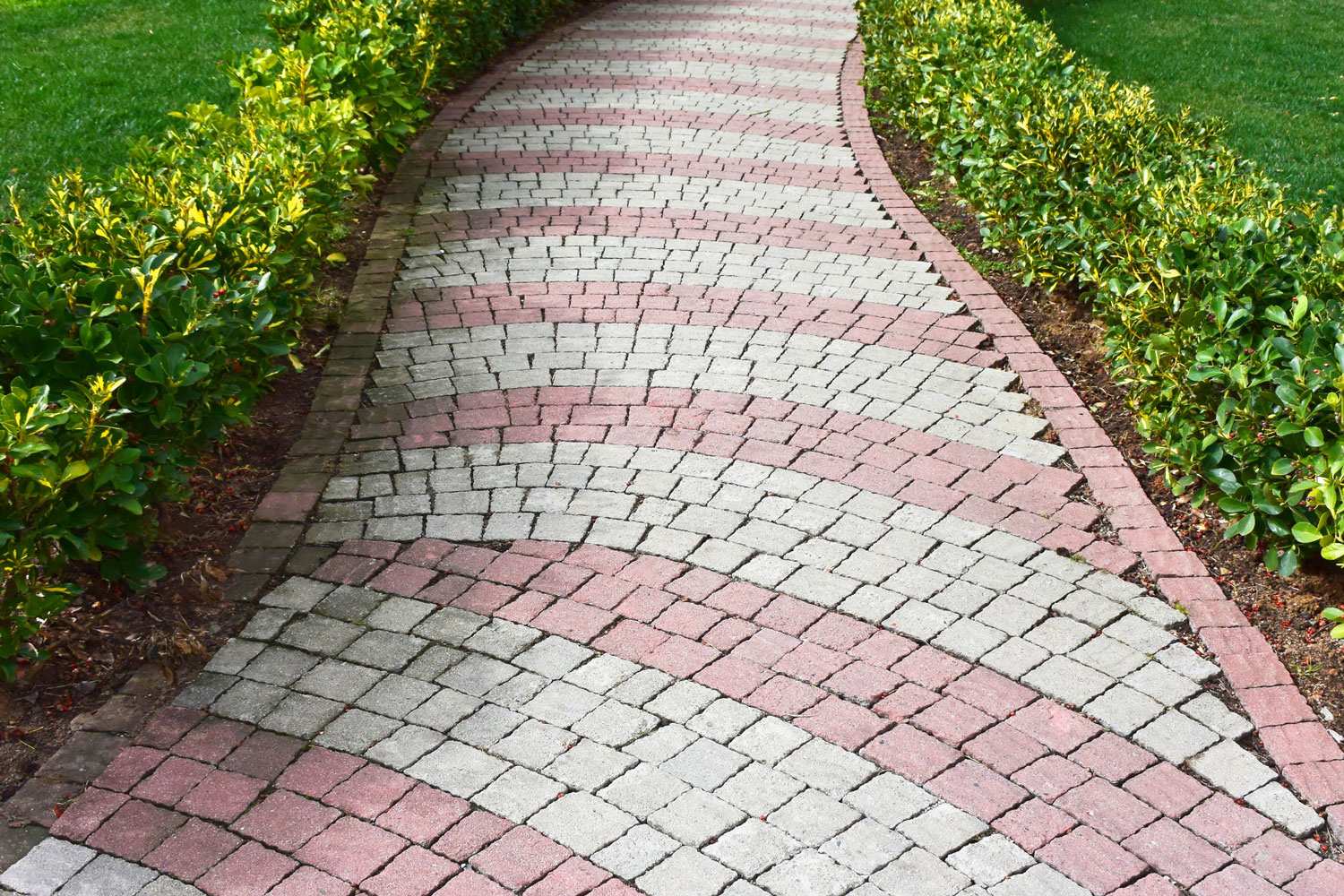
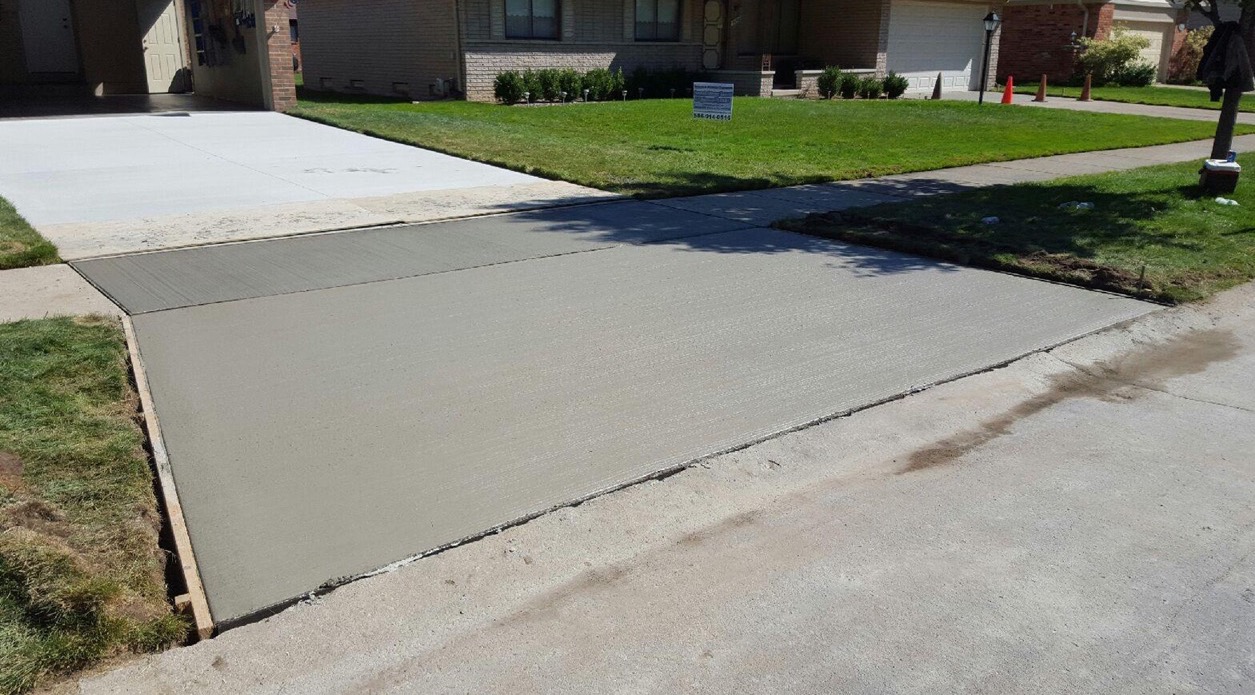
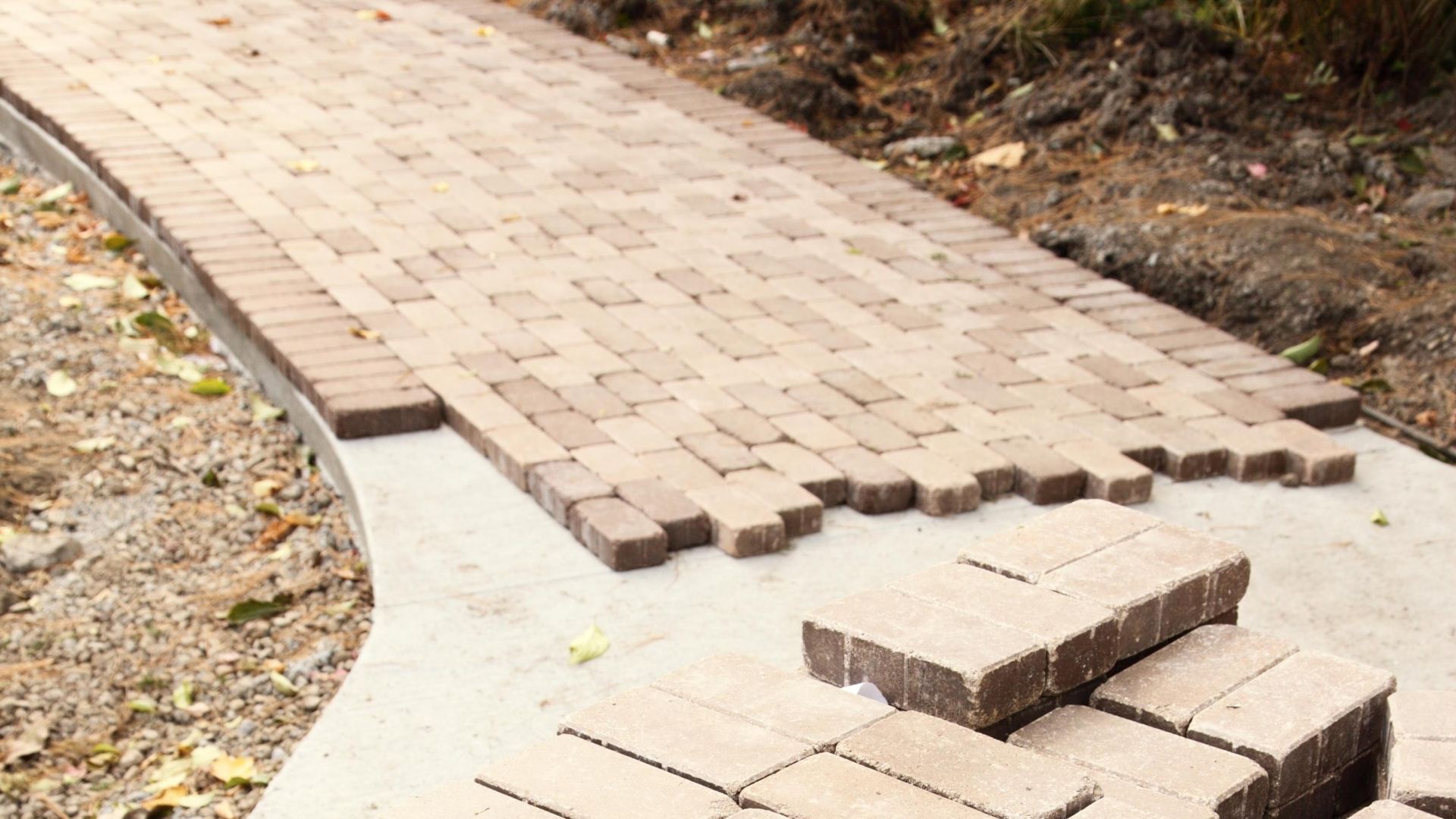
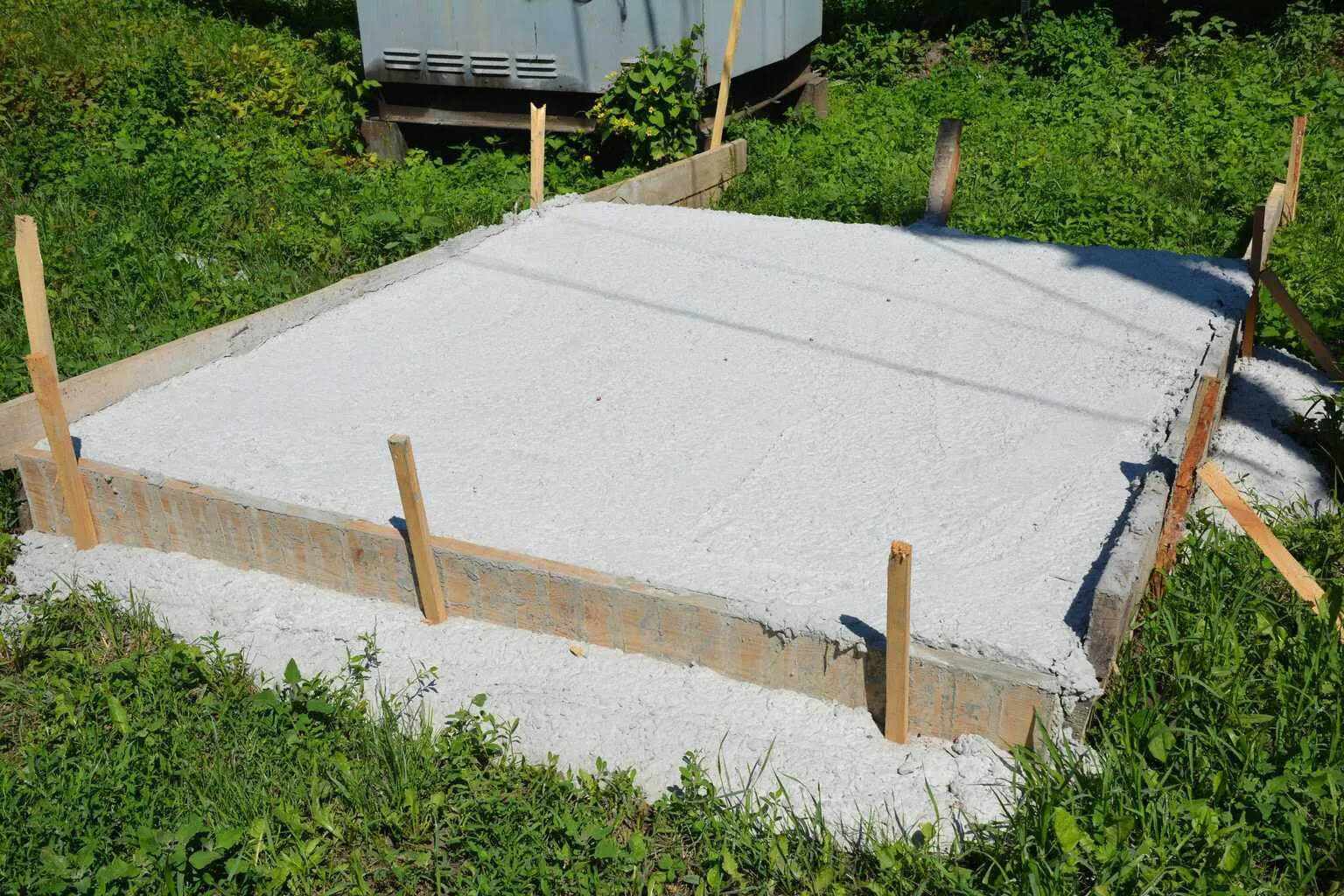




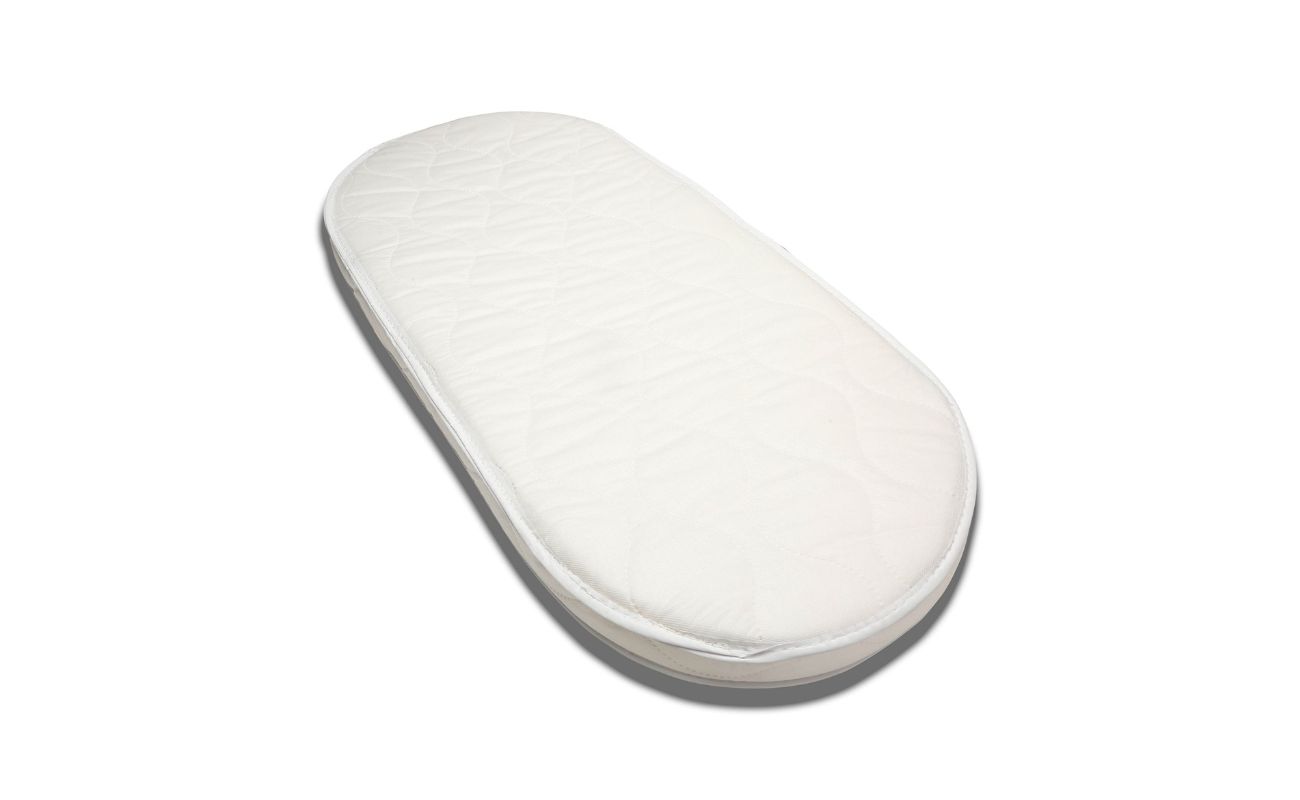
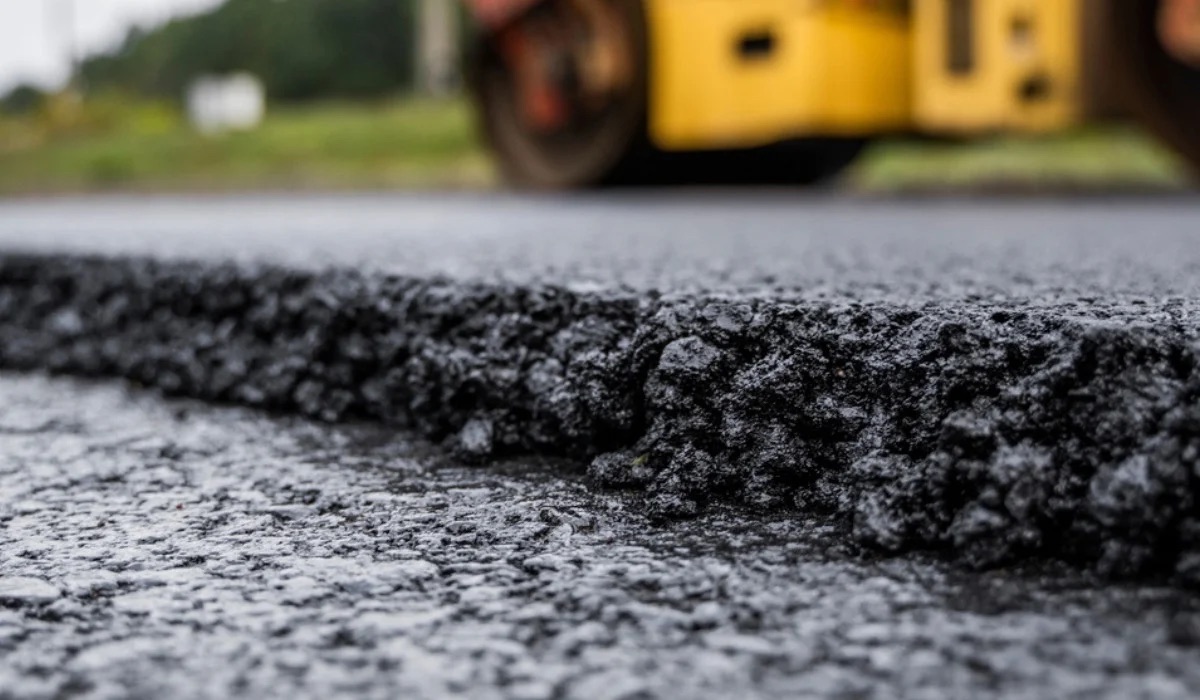

0 thoughts on “How Thick Should Concrete Walkway Be”